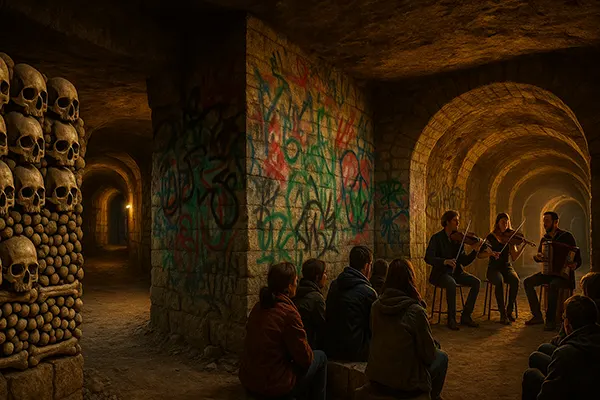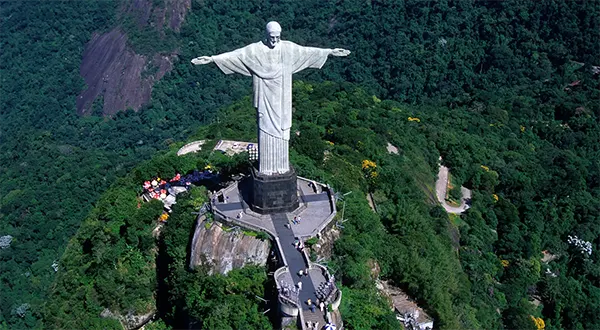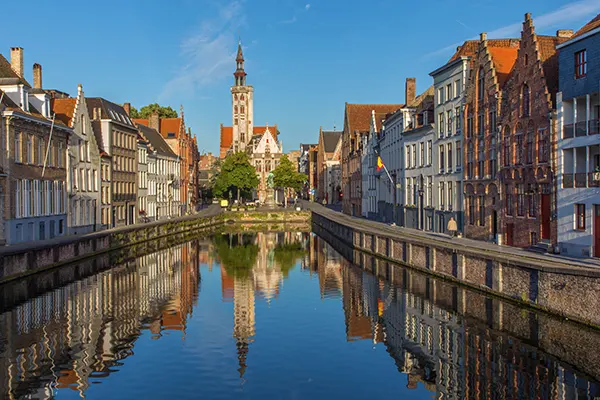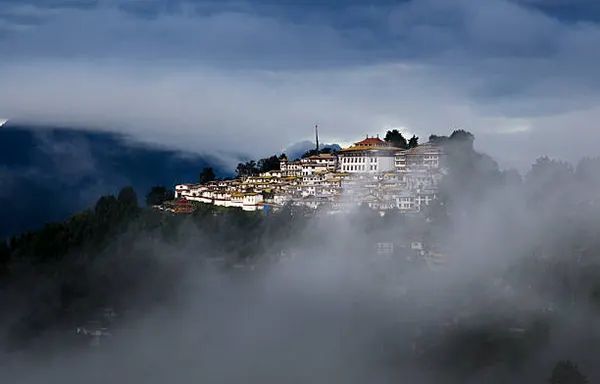
Underground Urban Culture: Tunnels, Catacombs and Bunkers in Europe
The hidden underworlds of Europe’s cities reveal an astonishing layer of history and human ingenuity. While the grand facades and vibrant squares draw millions of tourists, it’s beneath the surface where some of the most gripping and raw stories of the continent reside. As of February 2025, subterranean tourism has become a niche yet growing trend, offering insight into forgotten wars, urban resilience, and alternative cultural expressions.
Subterranean History: Beneath the Streets of Europe
Across Europe, networks of tunnels, catacombs and bunkers provide silent testimony to centuries of upheaval and survival. Paris leads with its infamous Catacombs — a sprawling ossuary holding the remains of over six million people. Initially quarry tunnels, they were repurposed in the 18th century due to overflowing cemeteries. Today, they present an unfiltered glimpse into death and urban evolution.
In Berlin, the Berliner Unterwelten tours guide visitors through bunkers and escape tunnels from the Cold War. These spaces, once escape routes and fallout shelters, reflect the paranoia and division of the 20th century. Each corridor holds layers of political tension and stories of resistance and refuge.
Naples offers a deeper descent into history through its Greek-Roman aqueducts and WWII shelters. Beneath the chaotic streets lies a shadow city where Neapolitans once sought safety during bombing raids. These tunnels continue to serve as a cultural touchstone, offering guided tours into a part of the city that was nearly forgotten.
Engineering, Resistance and Memory
The construction of these underground spaces required remarkable engineering skill. From Roman chisels to modern explosives, each tunnel and passage speaks of the techniques and motivations of its era. Some were built for protection, others for concealment or even rebellion.
In Warsaw, resistance fighters used the city’s sewer system to move between parts of the city during the 1944 Uprising. These cramped, dark passages allowed insurgents to evade German patrols and remain a powerful symbol of national endurance. Today, parts of these routes can be visited with local guides, though tours remain limited due to safety.
These underground structures also preserve memory. Whether marked by graffiti from Soviet-era soldiers or lined with altars, they are not mere stone chambers — they are cultural repositories. Guided tours increasingly focus not just on architecture, but on personal testimonies and recovered artefacts.
Cultural Expression Below Ground
Underground Europe is not only about war and death. In some cities, these spaces have been reclaimed for art, performance and subculture. In Paris, beyond the legal Catacombs, a maze of forbidden tunnels known as “les cataphiles” shelters graffiti artists, urban explorers and clandestine concerts.
Budapest’s Kőbánya cellar system, originally a limestone mine, has hosted underground raves and exhibitions. Its acoustics and surreal setting provide a stage unlike any above-ground venue. Artists and collectives often use these spaces to escape institutional constraints and redefine how culture is experienced.
In Helsinki, old civil defence shelters are now home to museums, climbing walls and even swimming pools. The city’s bedrock allows for large underground spaces, and local authorities have embraced their multifunctional use. This is a rare case where municipal planning supports rather than restricts alternative space utilisation.
Legality, Access and Ethics
While legal tours offer structured, safe exploration, many underground venues remain unofficial or even forbidden. Urban exploration, or “urbex,” walks a fine line between curiosity and trespassing. In cities like Rome or Odessa, local authorities discourage unauthorised entry due to danger and preservation concerns.
Nonetheless, underground communities often self-regulate. In Paris, for example, “cataphiles” follow a code: don’t damage, don’t map, don’t commercialise. This unwritten ethic preserves the raw character of the space, even as it excludes outsiders.
Tourists must remain informed. Reputable guides and historical societies ensure safety and accuracy. It is essential to remember that many underground sites are memorials as much as marvels. Respect, not thrill-seeking, should guide these journeys.

The Future of Subterranean Tourism
As travel trends evolve, interest in niche, experience-based tourism is rising. Underground tours attract those looking for depth — both literal and metaphorical. From academic historians to urban adventurers, the appeal is diverse and expanding.
Technological advancements are also shaping this niche. Augmented reality and 3D mapping now enhance tours, providing reconstructions of events like bombings or underground life during sieges. This brings added depth for visitors while preserving fragile environments.
However, sustainability is a growing concern. Over-tourism threatens delicate sites such as the catacombs of Palermo or the salt mines of Wieliczka. Managing foot traffic, enforcing access rules and maintaining ecological balance are key to protecting these heritage spaces for future generations.
Education, Preservation and Responsibility
The value of these underground spaces lies not just in spectacle but in education. They challenge mainstream narratives by highlighting forgotten voices — civilians in bunkers, workers digging tunnels, artists claiming hidden spaces. Tours are increasingly designed with educational missions and often support local research initiatives.
Preservation demands cooperation. City councils, cultural institutions and communities must align to maintain structural integrity and historical accuracy. In Prague, for example, restoration of the medieval tunnels beneath the Old Town is being done in consultation with archaeologists and architects.
Ultimately, responsibility falls on both organisers and visitors. Tourism should enrich, not exploit. With informed choices and respectful engagement, these underworlds can continue revealing Europe’s deeper stories — beneath stone, steel and silence.





